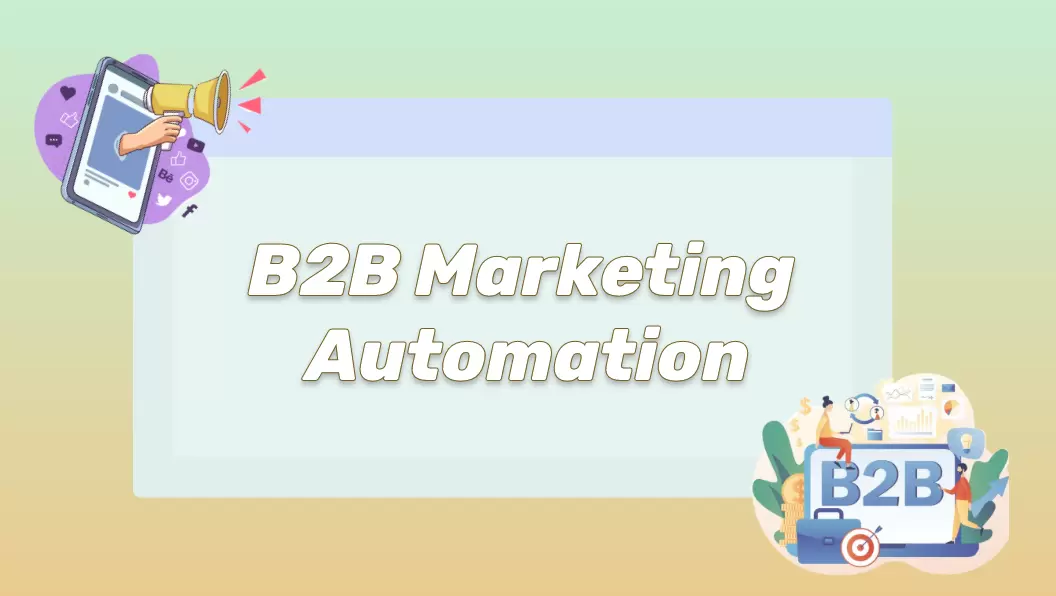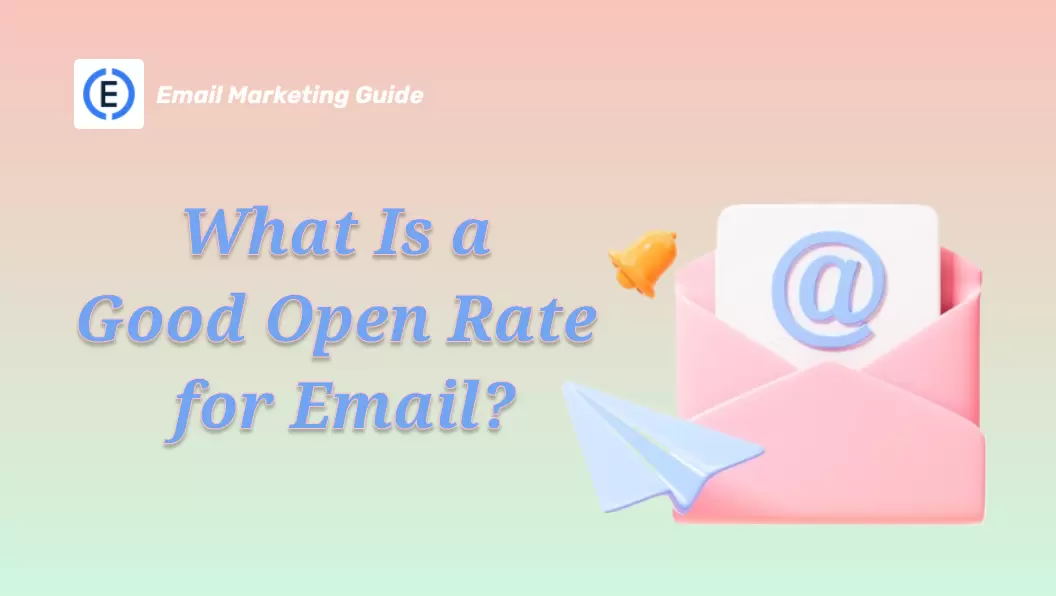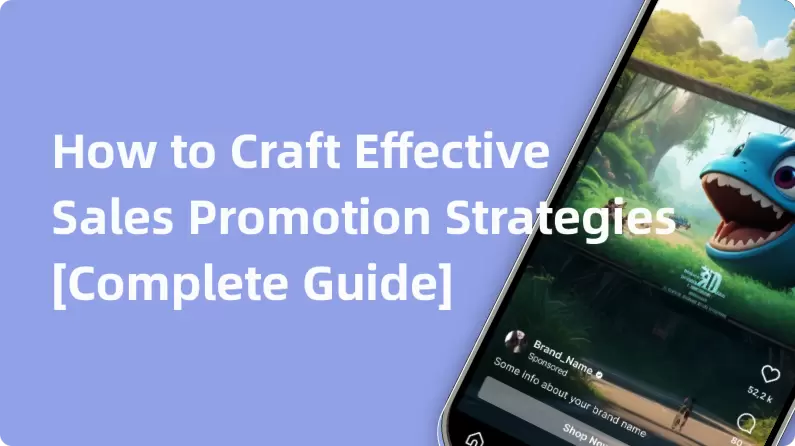Effective communication with potential customers is the key to higher conversions. Be it a page visit, abandoned cart, or special event, reaching out at the right time can turn visitors into customers and customers into repeat customers.
And that’s where Tigger Marketing comes into play. It automates communication based on the action, engagement, event, and behavior of the customer. It automatically sends emails and texts and solves issues with traditional marketing methods.
Let’s dive into the details of trigger marketing. Understanding the need, purpose, common types, and other important details will help businesses achieve their goals with minimal effort. Not only do we cover the basics but also go through the step-by-step method of creating an effective trigger marketing campaign.
Part 1: What is Trigger Marketing?
Trigger Marketing refers to a marketing strategy or method that triggers automatically because of the customers’ actions, behavior, engagement, or special events .
When the event or trigger occurs, an automated email, text message, or app push notification is sent to the relevant person. Suppose a person has added a product to the cart but has abandoned it. With trigger marketing, we can send an automated email after 24 hours of cart abandonment to remind the person.
Keep in mind that the trigger could be anything. Such as clicking a button, engagement with a chatbot, special events (Cyber Monday or Christmas), customer’s birthday, purchase confirmation, etc. The marketer can set triggers and automate customer engagement.

Beginners often confuse Trigger Marketing with Drip Marketing. But they are completely different.
Drip Marketing does not depend on any specific event or action. It involves sending pre-written emails and messages to an audience according to a predetermined schedule. For instance, if you want to send promotional emails after one week, it is Drip Marketing.
In contrast, there is no fixed time or interval in Trigger Marketing. It depends on an action, event, or engagement.
Part 2: Why and When to Use Trigger Marketing?
Understanding when and why is important to better results from Trigger Marketing. Here’s what you need to know.
# Why is Trigger Marketing Important?
Let’s suppose a website visitor has purchased a product. To convert the customer into a repeat customer and flourish brand loyalty, you can send an email or SMS and offer a special discount for the next purchase. It improves customer experience and eventually increases your sales.
Doing this manually for each customer takes time. Repeating the same task for hundreds of customers can quickly become inefficient. Trigger Marketing can automate this for you. You can set the trigger to a successful purchase and send a 5-10% discount, depending on the order value.
Trigger marketing isn’t just for post-purchase moments . It also responds to user actions at any stage, from sign-up to re-engagement. It can respond to user behavior, key events, and milestones throughout the customer journey. By sending timely and relevant messages, it helps increase engagement, improve conversions, and free up time for more strategic work.
Another benefit of trigger marketing is precision . Instead of sending bulk messages to your entire contact list, you can target users based on specific conditions. Thus, with minimal effort, it offers good results.
With personalization built in, businesses can reach customers at the right time. And due to personalization, the engagement is higher. It addresses the pain points of the customers and intervenes in the customer journey for more conversions and better user experience.
# When to Use Trigger Based Marketing?
Trigger based marketing can be used when you need to engage with the customer or prospect after a trigger, which could be anything. Here are some common instances where trigger marketing is used.
- New User: When a new user comes to the platform either as a new subscriber, account holder, or customer, businesses usually send a welcome email/SMS.
- Abandoned Cart: Businesses send a soft reminder to customers to complete the purchase and ask if there are any issues.
- Post Purchase: After purchase, a confirmation email or SMS is sent to the customer. For brand loyalty, businesses can also offer discounts for the next purchase.
- Account Inactivity: You might have witnessed emails from SaaS platforms because of the account inactivity. It’s a trigger-based email to compel users to use the dormant account.
- Prospect Action or Behavior: After a prospect’s action, such as clicking a button or submitting a form, an email is sent through trigger-based marketing. It can also be done on the prospect’s behavior, such as visiting a specific page multiple times without conversion.
- Special Days: Businesses prefer to send customers an email or SMS on their special days, such as anniversaries or birthdays. It’s something that customers like and is done through trigger marketing.
- Feedback Request: After purchase, businesses can send email to their customer and request for feedback. It can be done with trigger marketing.
These are a few instances where trigger marketing is used. However, there are unlimited options to enhance marketing and increase conversions.
Part 3: Common Types of Marketing Triggers
Marketing triggers are commonly divided into four main types.
1. Event-based Triggers
These triggers are activated around specific events or holidays to send automated messages like emails, SMS, or push notifications.
Marketers can set up triggers for occasions such as Black Friday, Christmas, Mother’s Day, or brand-specific events. Businesses may send promo offers, coupons, or product collections tailored to the occasion.
Once configured, the campaign runs automatically when the event approaches, sparking purchase intent by offering timely deals.
Example
🛍️ It's Black Friday! Enjoy up to 50% off—today only. Don't miss out on the biggest deals of the year!
2. Engagement-based Triggers
These triggers are based on user activity—or inactivity—across websites or platforms.
For example, if a user hasn’t logged in or purchased for six months, an automated message can be sent to re-engage them.
Instead of manual outreach, marketers can define inactivity windows, and the system handles the rest. This is especially useful at scale.
Another common use is targeting customers who haven’t bought anything recently, prompting them with exclusive offers to drive repeat purchases.
Example
👋 We miss you! It's been a while since your last visit. Here's 10% off your next order—just for coming back.
3. Behavior-based Triggers
These triggers respond to specific user behaviors, such as browsing a product multiple times, submitting a form, registering, or abandoning a cart.
For instance, if a visitor keeps checking the same product, a special offer can be sent to nudge the sale.
It works like a digital sales assistant—engaging potential customers when interest is high.
Example
Still thinking about the [Product Name]? Here's 15% off to make your decision easier.
4. Emotional Triggers
Emotional triggers aim to build stronger customer relationships by creating a personal connection.
On occasions like a brand anniversary or customer loyalty milestones, businesses can send heartfelt messages with exclusive rewards.
They can also create urgency through limited-time offers to trigger FOMO and move users further down the funnel.
By delivering messages that reflect users’ history or preferences, emotional triggers enhance retention and loyalty.
Example
🎉 You've been with us for 1 year! Thank you for being part of our journey. Enjoy this exclusive gift, just for you.
Part 4: How to Create a Trigger-Based Marketing Campaign with EngageLab?
EngageLab is an all-in-one, omni-channel customer engagement platform that helps you connect with users via Email, SMS, WhatsApp, App Push, Web Push , and more.
EngageLab offers Marketing Automation . It streamlines the entire customer journey—from acquisition and activation to retention and conversion. With built-in Trigger Marketing, EngageLab enables you to reach the right users at the right time, automating campaigns at scale with minimal effort.
Here’s what EngageLab offers:
- Combine trigger-based and scheduled campaigns to reach users at the right time and increase conversions.
- Automatically send personalized messages across multiple channels, including Email, SMS, WhatsApp, Web Push, and App Push.
- Visualize user journeys and track engagement, goals, and revenue in real time to optimize performance.
- Set up flexible triggers using custom, standard, or recommended events that align with your business needs.
# How to Use Marketing Automation in EngageLab
Step 1: Businesses need to start with Data Demand Planning. Define the data you need and set up events in Event Management using standard or recommended events.

Step 2: Generate user IDs in User Management and link user data for accurate messaging across channels.

Step 3: Collect event-related data from web, app, or API sources and manage event attributes as needed.

Step 4: Choose your engagement channels (Email, SMS, WhatsApp, etc.) and configure their settings. EngageLab also supports multiple channel configurations.
Step 5: Build the user journey by setting target users, triggers, messages, and exit conditions.

Step 6: Use real-time dashboards to monitor conversions and optimize based on user behavior.

Part 5: 3 Trigger Marketing Examples You Can Use
1 Abandoned Cart Recovery Campaign
- Trigger type: Behavior-based
-
Example:
When a user adds an item to the cart but doesn’t check out, it shows
buying intent. Sending an email or SMS within 60 minutes acts as a soft
reminder that their items are still waiting. Include a clear CTA button to
return to checkout.
If the cart remains abandoned after 24–48 hours, follow up with a message that highlights product benefits and gently asks if they have questions. Adding a time-limited discount can further encourage conversion. - Wrap-up: Limit to two reminders. If there’s no response, avoid sending a third message to prevent user fatigue or irritation.
2 Post Purchase
- Trigger type: Event-based
-
Example:
After a customer completes a purchase, send an order confirmation email with
delivery details and invoice. This acts as the initial trigger.
Three to five days later, follow up with a polite request for a product review. If reviews are critical, offer a small discount as a thank-you.
A few weeks later, send a third message recommending related products to encourage a repeat purchase. This message should focus on new suggestions, not the past order. - Wrap-up: Post-purchase triggers help build trust, collect valuable feedback, and support customer retention through smart product recommendations.
3 Cyber Monday Sales Notification
- Trigger type: Event-based
-
Example:
Begin with a pre-sale email 1–2 days before Cyber Monday to build
anticipation. Let users know the sale is coming and tease some of the
offers.
On the day of the event, send a launch email announcing the sale is live. Emphasize the discount range, featured deals, and limited-time nature using countdowns or scarcity messaging.
Close with a final reminder on the last day, reinforcing urgency and reminding users it’s their last chance to shop. - Wrap-up: A well-timed sequence—pre-sale, launch, and final reminder—maximizes visibility and creates a sense of urgency that drives conversions.
Final Words
Trigger Marketing is the right way to engage with prospects or customers and increase conversions without overdoing marketing. With this, businesses can engage the right person at the right time, which increases the chances of conversion. It is undoubtedly a better way to engage and take marketing to a large scale. EngageLab can help you set up trigger marketing in no time. It allows users to target multiple channels, use AI, design user journeys, and see real-time data for maximum conversions.
Start For Free







